Description
Caring for your Allamanda
Allamanda, commonly known as Golden Trumpet or Yellow Bell, is a genus of flowering plants in the family Apocynaceae. Renowned for its vibrant, trumpet-shaped flowers and glossy green foliage, Allamanda makes a stunning addition to tropical and subtropical gardens. Native to Central and South America, these plants thrive in warm climates and are often used for hedges, borders, or as climbing vines.
Light
Allamanda thrives in full sun and requires at least 6-8 hours of direct sunlight daily for optimal flowering.
Soil
Well-drained, sandy, or loamy soil is ideal, with a slightly acidic to neutral pH (5.5 to 7.0). The soil should be rich in organic matter for the best growth. Choose a location with good air circulation, and note that Allamanda can be grown in the ground or in containers. If planting in a container, ensure it has adequate drainage.
Water
Allamanda requires consistent moisture but should not be waterlogged. Water the plant deeply once or twice a week, depending on the weather and soil type, reducing frequency during the winter months. For container plants, check the soil moisture regularly as they dry out faster than ground plants.
Fertilizing
Using a balanced, slow-release fertilizer with equal parts nitrogen, phosphorus, and potassium (e.g., 10-10-10 or 14-14-14) is recommended. A fertilizer high in phosphorus can promote blooming. Fertilize every 4-6 weeks during the growing season (spring and summer), and reduce or stop fertilizing during the fall and winter months.
Pruning and Maintenance
Regular pruning helps maintain the shape and encourages bushier growth. Prune back after the flowering season to control size and shape. Remove dead or damaged branches throughout the year. Removing spent flowers, or deadheading, promotes continuous blooming and prevents seed formation. If growing as a vine, provide a trellis or support structure and tie the stems loosely to guide growth.
Pest and Disease Management
Common pests to watch for include aphids, spider mites, and whiteflies. Use insecticidal soap or neem oil to manage infestations. Allamanda can be susceptible to root rot if overwatered, so ensure proper drainage to prevent this. Fungal diseases like powdery mildew can be controlled with fungicides and by maintaining good air circulation. Regularly inspect the plant for signs of pests or diseases, and remove and dispose of affected plant parts to prevent the spread.

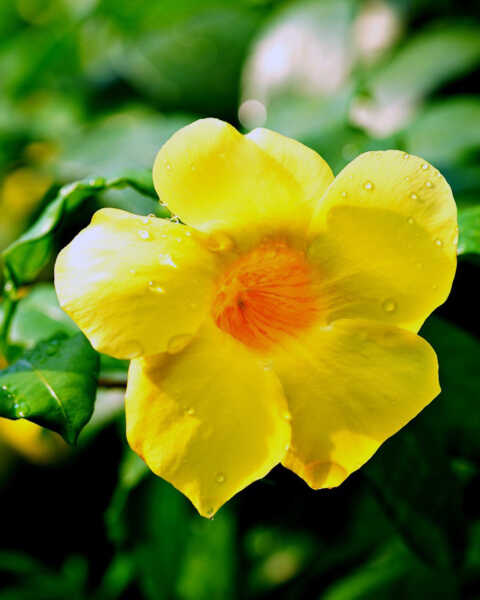
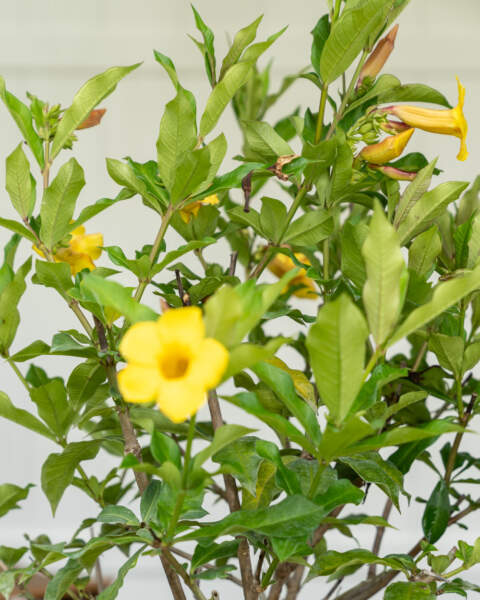
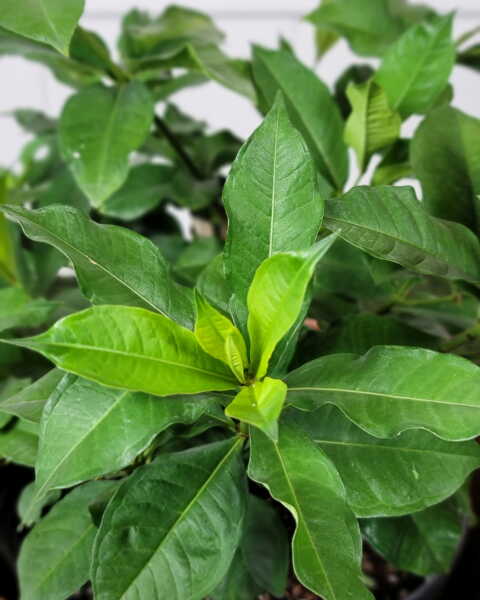
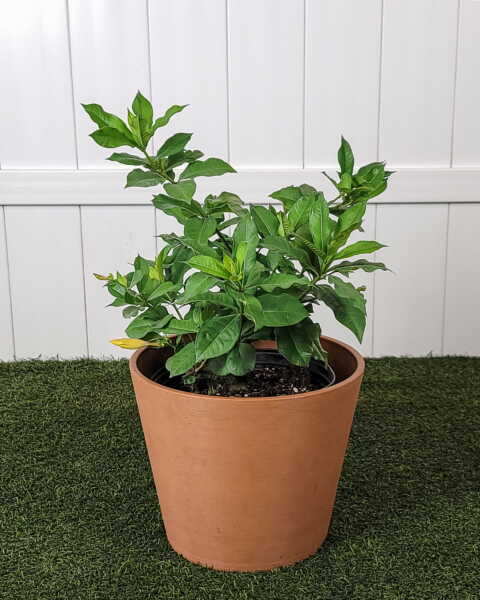
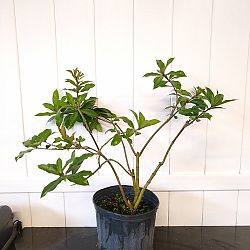
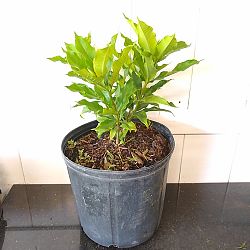
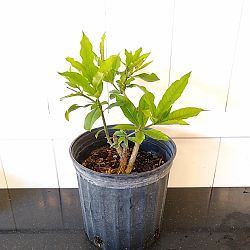
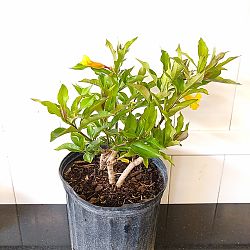
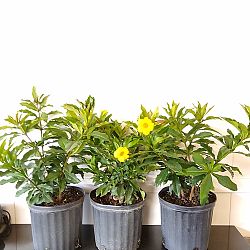
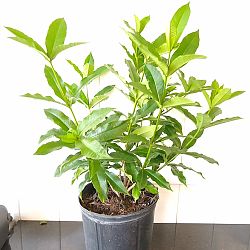
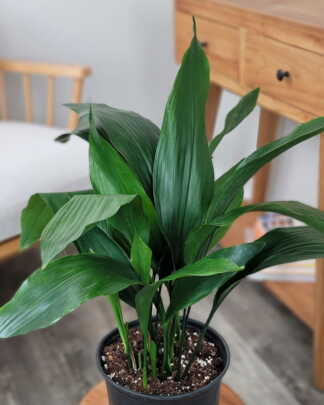
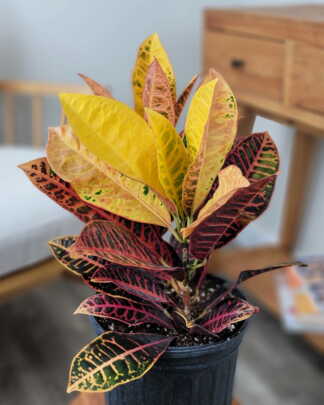
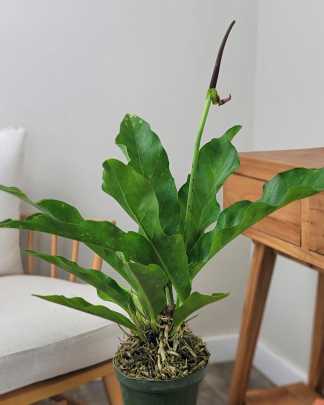
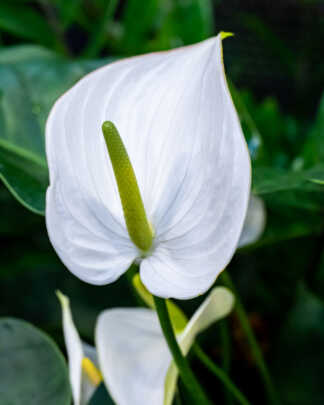
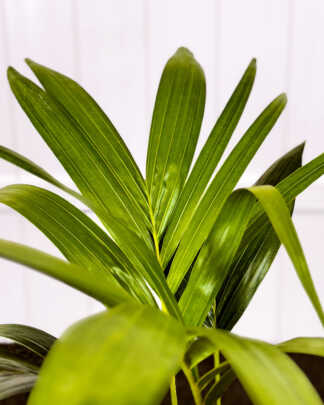


Damon Quinn (verified owner) –
Only 1 of the 3 survived after a few weeks.
joel glass (verified owner) –